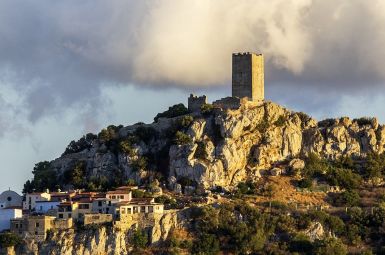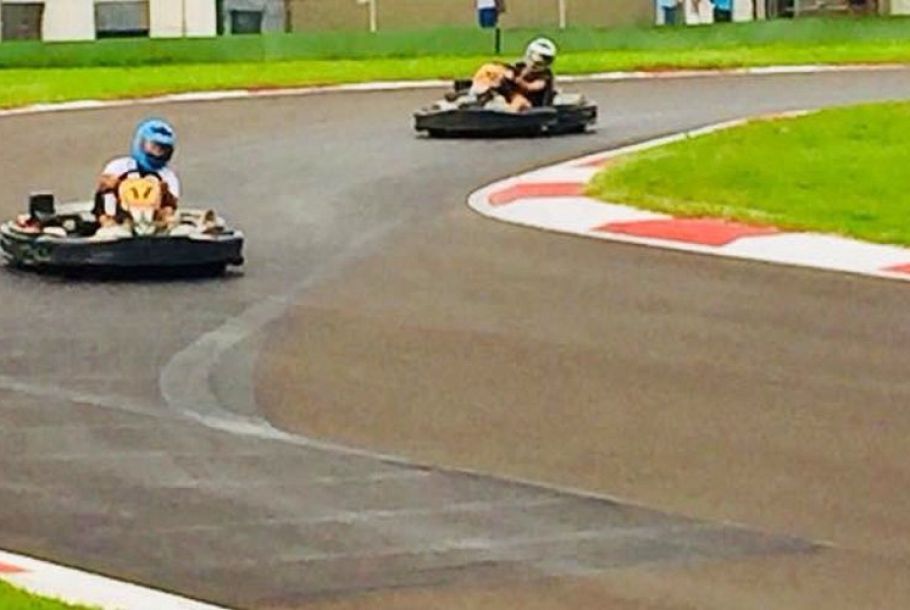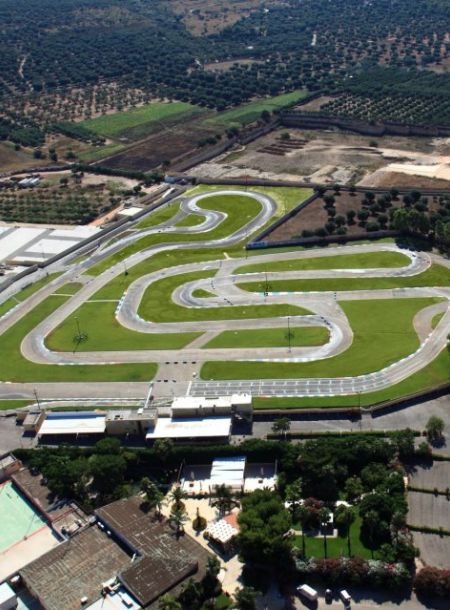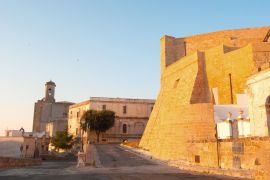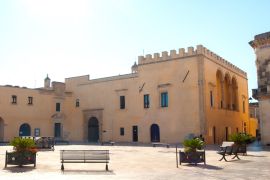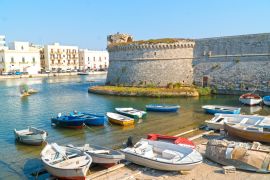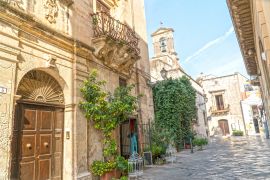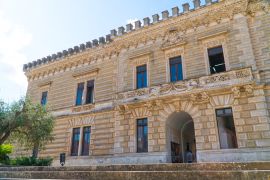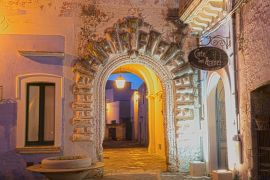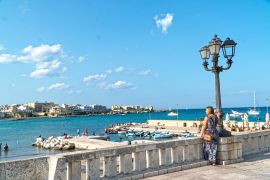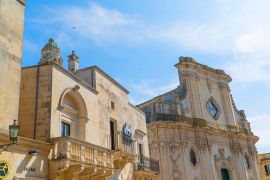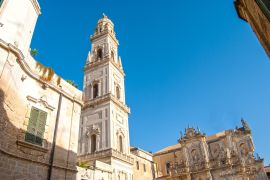Nel cuore del Salento si trova un luogo capace di far battere forte il cuore, amato da tutti gli appassionati di kart e dei motori in generale: la pista salentina.
Riconosciuta a livello internazionale dal 1990 e situata a pochi passi dalle splendide spiagge di Torre San Giovanni nel comune di Ugento, questa struttura è il sogno di tutti gli amanti della velocità e un’esperienza imperdibile per chi cerca un diversivo divertente e coinvolgente da fare durante le vacanze.
Il celebre kartodromo di Ugento vanta un’enorme fama che deriva dalla qualità del tracciato e dall’atmosfera unica che regala a professionisti, amatori e famiglie, che si incontrano qui per vivere la propria passione a 100 all’ora.
Curioso di scoprire tutto sulla pista di go kart a Ugento? Non ti resta che allacciare il casco e continuare a leggere!
